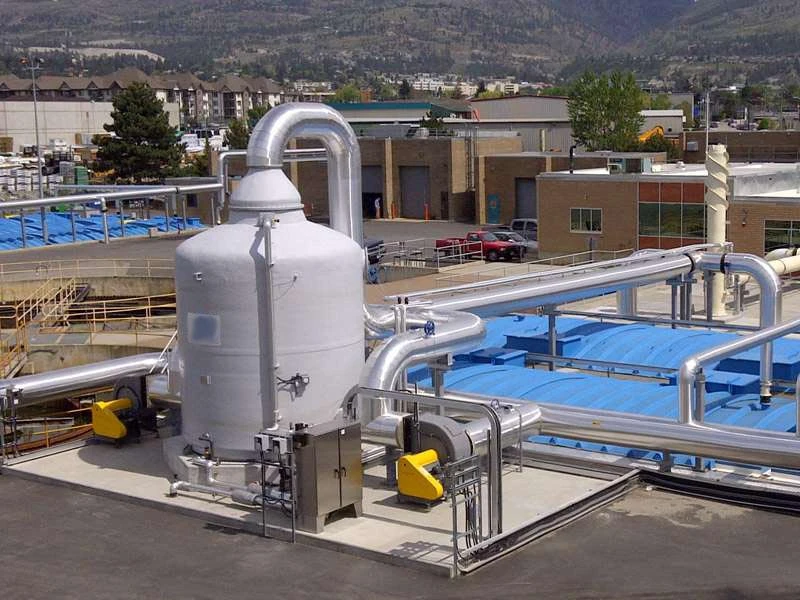
-
 Afrikaans
Afrikaans -
 Albanian
Albanian -
 Amharic
Amharic -
 Arabic
Arabic -
 Armenian
Armenian -
 Azerbaijani
Azerbaijani -
 Basque
Basque -
 Belarusian
Belarusian -
 Bengali
Bengali -
 Bosnian
Bosnian -
 Bulgarian
Bulgarian -
 Catalan
Catalan -
 Cebuano
Cebuano -
 China
China -
 China (Taiwan)
China (Taiwan) -
 Corsican
Corsican -
 Croatian
Croatian -
 Czech
Czech -
 Danish
Danish -
 Dutch
Dutch -
 English
English -
 Esperanto
Esperanto -
 Estonian
Estonian -
 Finnish
Finnish -
 French
French -
 Frisian
Frisian -
 Galician
Galician -
 Georgian
Georgian -
 German
German -
 Greek
Greek -
 Gujarati
Gujarati -
 Haitian Creole
Haitian Creole -
 hausa
hausa -
 hawaiian
hawaiian -
 Hebrew
Hebrew -
 Hindi
Hindi -
 Miao
Miao -
 Hungarian
Hungarian -
 Icelandic
Icelandic -
 igbo
igbo -
 Indonesian
Indonesian -
 irish
irish -
 Italian
Italian -
 Japanese
Japanese -
 Javanese
Javanese -
 Kannada
Kannada -
 kazakh
kazakh -
 Khmer
Khmer -
 Rwandese
Rwandese -
 Korean
Korean -
 Kurdish
Kurdish -
 Kyrgyz
Kyrgyz -
 Lao
Lao -
 Latin
Latin -
 Latvian
Latvian -
 Lithuanian
Lithuanian -
 Luxembourgish
Luxembourgish -
 Macedonian
Macedonian -
 Malgashi
Malgashi -
 Malay
Malay -
 Malayalam
Malayalam -
 Maltese
Maltese -
 Maori
Maori -
 Marathi
Marathi -
 Mongolian
Mongolian -
 Myanmar
Myanmar -
 Nepali
Nepali -
 Norwegian
Norwegian -
 Norwegian
Norwegian -
 Occitan
Occitan -
 Pashto
Pashto -
 Persian
Persian -
 Polish
Polish -
 Portuguese
Portuguese -
 Punjabi
Punjabi -
 Romanian
Romanian -
 Russian
Russian -
 Samoan
Samoan -
 Scottish Gaelic
Scottish Gaelic -
 Serbian
Serbian -
 Sesotho
Sesotho -
 Shona
Shona -
 Sindhi
Sindhi -
 Sinhala
Sinhala -
 Slovak
Slovak -
 Slovenian
Slovenian -
 Somali
Somali -
 Spanish
Spanish -
 Sundanese
Sundanese -
 Swahili
Swahili -
 Swedish
Swedish -
 Tagalog
Tagalog -
 Tajik
Tajik -
 Tamil
Tamil -
 Tatar
Tatar -
 Telugu
Telugu -
 Thai
Thai -
 Turkish
Turkish -
 Turkmen
Turkmen -
 Ukrainian
Ukrainian -
 Urdu
Urdu -
 Uighur
Uighur -
 Uzbek
Uzbek -
 Vietnamese
Vietnamese -
 Welsh
Welsh -
 Bantu
Bantu -
 Yiddish
Yiddish -
 Yoruba
Yoruba -
 Zulu
Zulu
Designing a Safe and Stylish GRP Handrail for Public Spaces and Buildings
The Importance of GRP Handrails in Modern Construction
In the ever-evolving world of construction and architecture, the demand for durable, lightweight, and corrosion-resistant materials is at an all-time high. One such material that has gained significant attention in recent years is Glass Reinforced Plastic (GRP). Among its various applications, GRP handrails have become increasingly popular due to their unique combination of strength, aesthetics, and functionality. This article delves into the importance of GRP handrails in modern construction, addressing their benefits, usage, and the reasons behind their growing prevalence.
What is GRP?
Glass Reinforced Plastic, commonly referred to as fiberglass, is a composite material made from a polymer matrix reinforced with glass fibers. Known for its high strength-to-weight ratio, GRP offers numerous advantages over traditional materials like metal or wood. Its inherent properties make it an ideal choice for applications requiring both structural integrity and visual appeal.
Benefits of GRP Handrails
1. Durability and Longevity One of the most significant advantages of GRP handrails is their durability. Unlike wood, which can rot, warp, or splinter over time, or metal, which is prone to rust and corrosion, GRP is impervious to the effects of weather, moisture, and UV radiation. This makes GRP handrails an excellent long-term investment for both residential and commercial buildings.
2. Lightweight The lightweight nature of GRP makes installations easier and often more cost-effective. Construction teams can handle larger sections without fatigue, reducing labor costs while speeding up the installation process. This benefit is particularly valuable in projects involving elevated walkways, staircases, and platforms.
3. Aesthetic Versatility GRP handrails come in a diverse range of colors, designs, and finishes, allowing architects and designers to customize them to match their vision. Whether a project aims for a sleek, modern appearance or a traditional look, GRP can seamlessly blend into any design style. Additionally, the option for textured finishes enhances grip, improving safety without compromising aesthetics.
grp handrail

4. Safety Features Safety is a critical consideration in any construction project. GRP handrails can be manufactured to include non-slip surfaces, making them suitable for various environments, including wet areas like pools, spas, and outdoor walkways. Their robust structure provides reliable support, reducing the risk of accidents while ensuring compliance with safety regulations.
5. Cost-Effectiveness While the initial investment in GRP handrails may be comparable to other materials, their low maintenance costs and long lifespan make them a cost-effective solution over time. There’s no need for periodic painting or treatment, further mitigating ongoing expenditures.
Applications of GRP Handrails
The versatility of GRP handrails allows them to be used across various sectors. In residential construction, they are favored for decks, patios, and staircases, providing safe access and visually appealing boundaries. In commercial settings, GRP handrails are found in warehouses, factories, and public buildings where safety and durability are paramount. Additionally, they are increasingly adopted in recreational areas such as theme parks and outdoor facilities, blending functionality with aesthetic appeal.
Environmental Considerations
As sustainability becomes a focal point in construction practices, GRP handrails align well with eco-friendly initiatives. They are often made from recycled materials and are themselves recyclable, contributing to a circular economy. Moreover, their long lifespan decreases the frequency of replacements, reducing waste.
Conclusion
In summary, GRP handrails represent a significant advancement in construction materials, marrying functionality with aesthetics while ensuring safety and durability. Their lightweight nature, resistance to environmental factors, and customization options make them an ideal choice for a wide range of applications. As builders and architects continue to seek innovative solutions that meet both performance and aesthetic criteria, GRP handrails are poised to become a staple in modern construction projects. Investing in GRP handrails not only enhances the safety and appeal of structures but also aligns with the sustainable practices that are increasingly guiding the future of the building industry.









